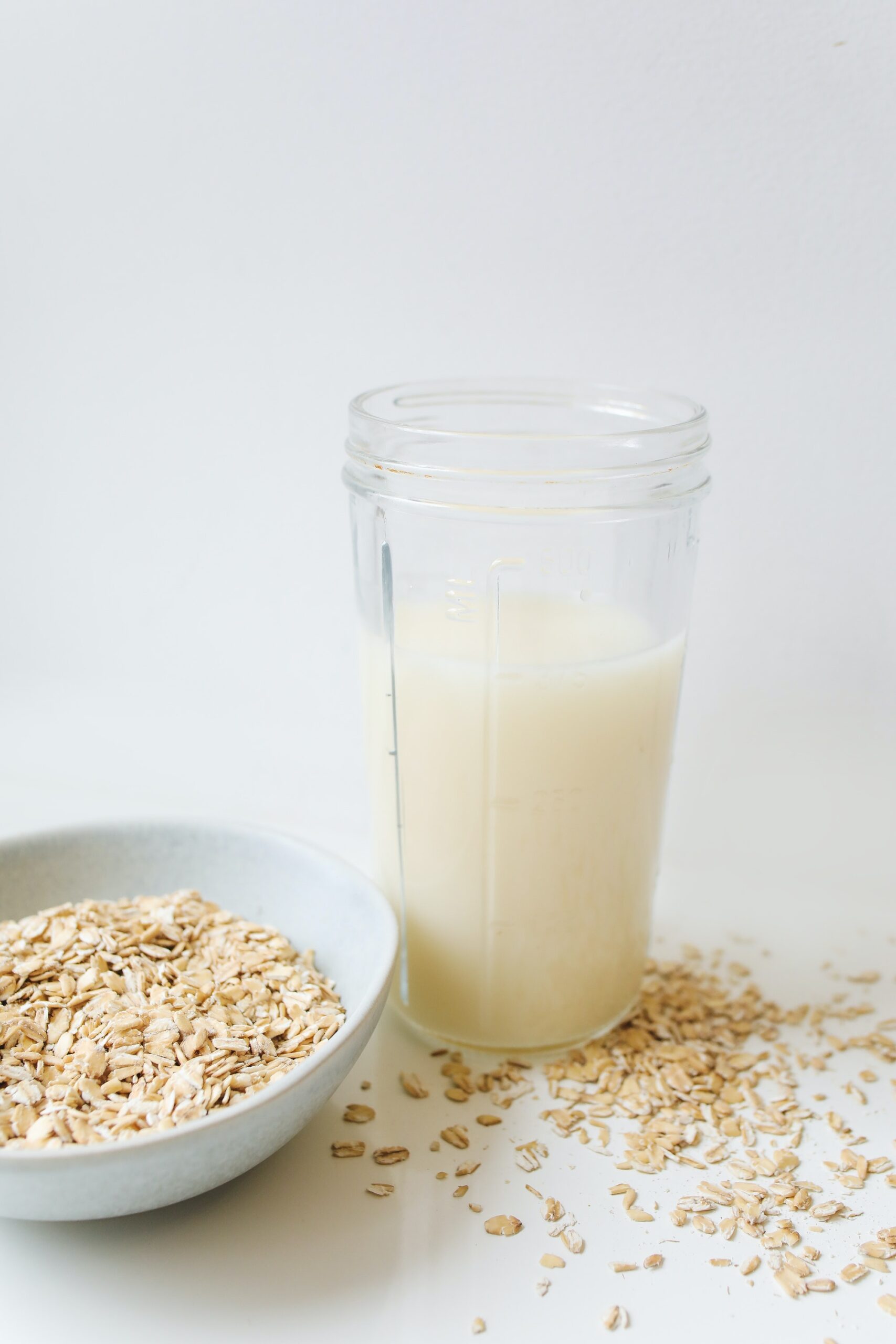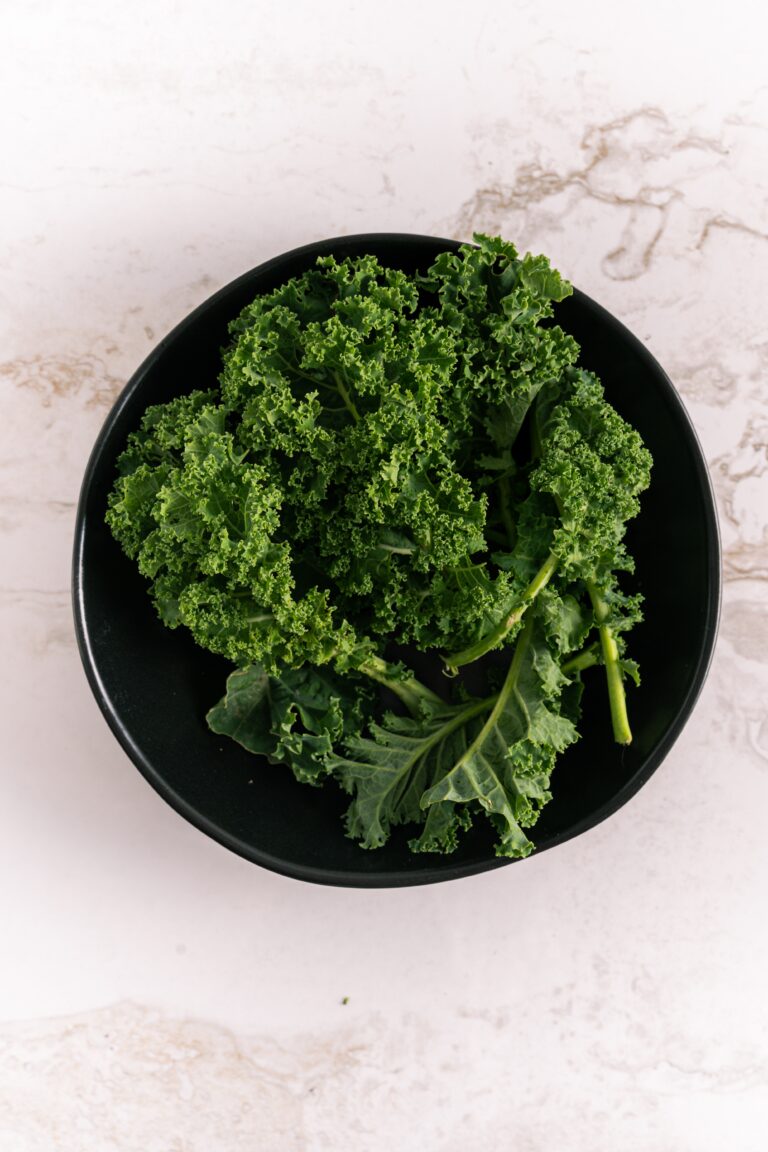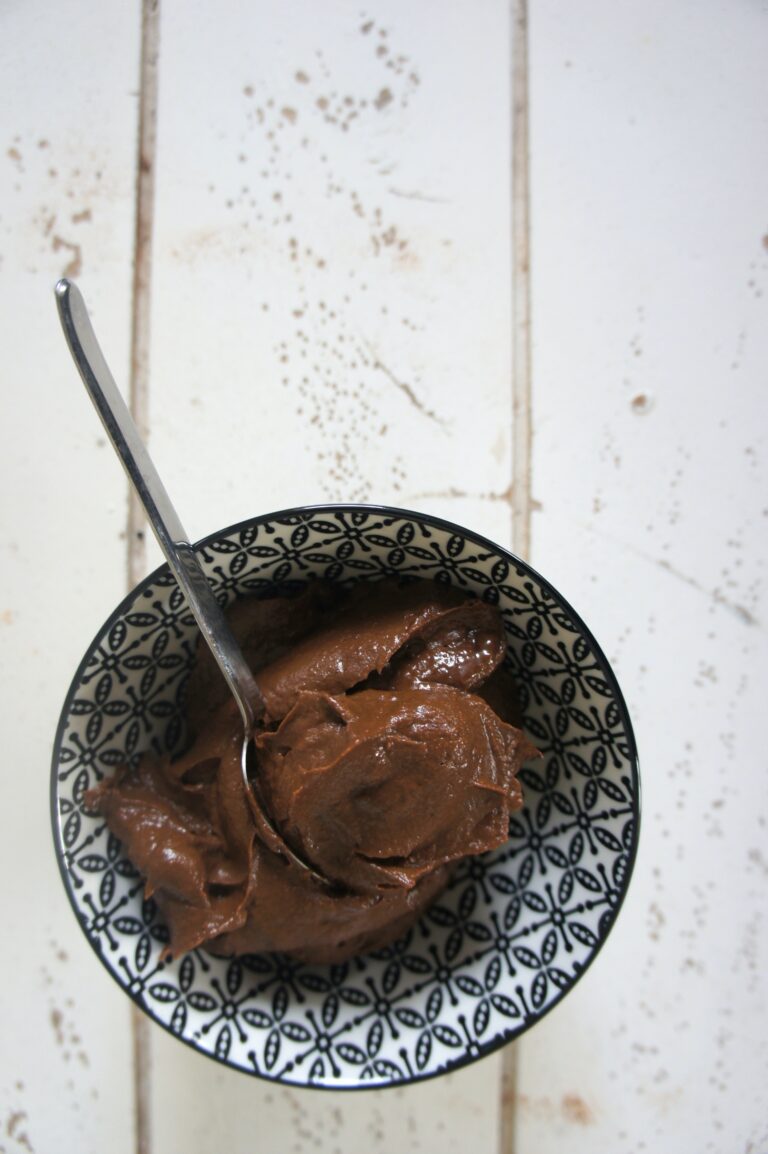
Oat milk has become a popular dairy milk alternative in recent years due to its nutritional benefits and creamy texture. But what happens when you have a surplus of oat milk and can’t use it before its expiration date? Can you freeze oat milk to extend its shelf life?
What is Oat Milk?
Oat milk is a non-dairy milk alternative made from oats and water. It is created by soaking and blending oats with water, then straining the mixture to remove any solid particles. The resulting liquid has a creamy texture and a mild, slightly sweet taste.
Oat milk has gained popularity as a dairy-free and vegan-friendly milk substitute. It is suitable for individuals with lactose intolerance, milk allergies, or those following a plant-based lifestyle. Oat milk is also a good option for people looking to reduce their environmental impact, as it generally has a lower carbon footprint compared to dairy milk.
How Oat Milk is Made
Oat milk is made by soaking oats in water and blending them into a smooth mixture. First, rolled or steel-cut oats are combined with water and left to soak for a period of time, usually around 20-30 minutes. This softens the oats and makes them easier to blend.
After soaking, the mixture is blended until smooth and creamy. To achieve a finer consistency, it can be strained through a cheesecloth or nut milk bag. The resulting liquid is oat milk, which can be flavoured with sweeteners, such as dates or maple syrup, and enhanced with a pinch of salt or vanilla extract for added taste.
Benefits of Oat Milk
Oat milk is often fortified with vitamins and minerals to provide similar nutritional benefits as cow’s milk. It is naturally low in saturated fat and cholesterol and can be a good source of fibre. However, the nutritional profile can vary between brands, so it’s essential to check the product label for specific details.
Oat Milk Cons
Despite its popularity as a dairy-free alternative, oat milk does have a few drawbacks. Firstly, individuals with gluten intolerance or celiac disease should be cautious, as oats may contain traces of gluten. Additionally, oat milk tends to be higher in carbohydrates and lower in protein compared to cow’s milk. It may not be the best choice for those looking to increase their protein intake.
Some commercially available oat milk brands may also contain added sugars or additives, so it’s essential to read the labels carefully. Lastly, oat milk has a distinct taste that may not appeal to everyone. However, with these considerations in mind, oat milk can still be enjoyed as part of a balanced and varied diet.
How to Use Oat Milk
Due to its creamy texture, oat milk is commonly used as a dairy milk substitute in various applications. It can be enjoyed on its own, added to coffee or tea, used in smoothies (just like this Mango Spinach Smoothie or my favourite, Apple Banana and Ginger Smoothie), poured over cereal, or incorporated into cooking and baking recipes.
If you are interested in trying milk substitutes for your coffee, check out this post about the Top 8 Non-Dairy Milk Alternatives for the Perfect Cup of Coffee.
Best Uses for Oat Milk
Oat milk is a versatile dairy-free alternative that can be used in various ways. Here are some of the best uses for oat milk:
- Coffee and Tea: Oat milk is known for its creamy texture, making it an excellent option for adding to coffee or tea. It can be frothed for lattes or used as a creamer to enhance the taste of your favourite hot beverages. Try this Oat Milk Latte recipe!
- Cereal and Oatmeal: Pour oat milk over your breakfast cereal or use it to cook oatmeal for a creamy and delicious start to your day. Its mild flavor complements a wide range of breakfast options.
- Smoothies and Shakes: Add oat milk to your smoothies and shakes for a creamy base. It blends well with fruits, vegetables, and other ingredients, providing a smooth and nutritious beverage. I’m sure you’ll love this Oat Milk Smoothie!
- Baking: Oat milk can be used as a dairy substitute in baking recipes, such as cakes, muffins, and pancakes. It helps to keep the texture moist and adds a subtle sweetness to the finished products. I love using oat milk for these Banana Carrot Muffins as well as these Strawberry Oatmeal Breakfast Muffins.
- Sauces and Soups: Oat milk can be used as a thickening agent and creamy base in sauces and soups. It adds a velvety texture and helps to balance flavors without overpowering the dish. This Creamy Pumpkin Pasta and Pesto Mac and Cheese are great examples of using oat milk in savoury pasta dishes.
- Desserts: Oat milk can be used in various dessert recipes, including puddings, ice creams, and creamy desserts. Its creamy texture contributes to the richness of these treats, just like this London Fog Cake or this Vegan Tres Leches Cake.
- Cooking: Oat milk can be used as a substitute for dairy milk in savoury dishes like creamy pasta sauces, curries, and mashed potatoes. It adds a creamy element without altering the flavours.
These are just a few examples, but the versatility of oat milk allows for experimentation and creativity in the kitchen. Explore different recipes and find your favourite uses for this plant-based milk alternative.
How long does Oat Milk Last?
A carton of oat milk lasts about 5-7 days in the fridge after it has been opened. Freezing oat milk can extend its shelf life for up to 6 months. Make sure to label the oat milk carton with the date it was frozen and use it before its expiration date.

Can You Freeze Oat Milk
The short answer is yes, you can freeze oat milk. Freezing oat milk is a great way to prevent waste and save money in the long run. However, there are some things you should keep in mind before freezing oat milk.
Firstly, homemade oat milk tends to freeze better than store-bought oat milk. This is because homemade oat milk does not contain stabilizers that can affect the texture and consistency of the milk when it is thawed. If you are freezing store bought oat milk, it may have a slightly grainy texture after it has been thawed.
To freeze oat milk, you can use an ice cube tray or a container with a tight-fitting lid. Pour the oat milk into the ice cube tray and freeze until solid. Once the oat milk has frozen, transfer the oat milk cubes to a freezer-safe container or bag. Alternatively, you can pour the oat milk into a container with a tight-fitting lid and freeze the entire container.
Does Freezing Affect Oat Milk
Yes, freezing can affect the texture and consistency of oat milk. When oat milk is frozen, the liquid can separate, and the texture may become grainy or slightly lumpy when thawed. This is because the freezing process can cause the emulsion of the oats and water to break.
However, despite the change in texture, the flavour and nutritional content of oat milk typically remain largely unchanged after freezing and thawing. It is still safe to consume, and the taste should be relatively unaffected.
To minimize the impact of freezing on the texture of oat milk, it is recommended to give it a good shake or stir the defrosted oat milk help recombine any separated components. This can help restore a smoother consistency.
If you find that the texture of the thawed oat milk is not to your liking, you can still use it in various recipes that require liquid, such as smoothies, baked goods, or cooking. The texture change may be less noticeable when oat milk is incorporated into other ingredients or blended with other liquids.
How to Freeze Oat Milk
Freezing oat milk can be a convenient way to extend its shelf life and have it readily available when needed. Here’s a simple guide on how to freeze oat milk:
- Check the expiration date: Before freezing oat milk, ensure that it is still within its recommended shelf life. Freezing is not a method to revive expired milk.
- Prepare containers: Choose suitable containers for freezing. You can use freezer-safe glass jars, plastic containers, or ice cube trays, depending on your intended usage.
- Leave room for expansion: If using containers with lids, leave some headspace to allow for expansion as the oat milk freezes. This prevents containers from cracking or bursting.
- Pour and label: Pour the oat milk into the containers, leaving a bit of space at the top. Label each container with the date of freezing for reference.
- Seal and freeze: Ensure that the containers are tightly sealed to prevent freezer burn and odour absorption. Place the containers in the freezer.
It’s important to note that the texture of oat milk may change slightly after freezing and thawing, with some separation occurring. However, a thorough shake or stir usually helps restore a smoother consistency.
How Long Does Oat Milk Take To Freeze
Oat milk typically freezes relatively quickly due to its liquid nature. The exact time it takes for oat milk to freeze can vary depending on factors such as the volume of oat milk being frozen, the container’s size, and the temperature of the freezer. However, as a general guideline, oat milk can take around 2 to 4 hours to freeze solid in a standard home freezer.
Tips for Freezing Oat Milk
- Use shallow containers: Pour the oat milk into shallow, freezer-safe containers rather than deep ones. This allows for quicker and more even freezing.
- Leave space for expansion: Leave some headspace at the top of the container to accommodate expansion as the oat milk freezes. This helps prevent the container from cracking or bursting.
- Place in a cold part of the freezer: Put the oat milk containers in a section of the freezer that experiences the lowest temperature. This will promote faster freezing.
It’s important to note that the time it takes for oat milk to freeze may vary. Checking the consistency periodically by gently tapping the container can help you determine if it has solidified.
How Long Can You Freeze Oat Milk
When properly stored in the freezer, oat milk can generally be kept frozen for up to 3 to 6 months. However, it’s important to note that the quality of the oat milk may gradually decline over time, with potential changes in taste and texture.
Can you Freeze Almond Milk? Find out here!

How to Thaw Oat Milk
Thawing frozen oat milk is a simple process. Here’s a step-by-step guide on how to thaw frozen oat milk.
- Transfer to the refrigerator: Remove the container of frozen oat milk from the freezer and place it in the refrigerator. This gradual thawing method allows the oat milk to thaw slowly and safely.
- Allow time for thawing: Depending on the size of the container and the temperature of your refrigerator, it may take anywhere from several hours to overnight for the oat milk to completely thaw. Be patient and give it enough time.
- Shake or stir: Once the oat milk is fully thawed, give it a good shake or stir. This helps to recombine any separated components and restores a smoother consistency.
- Test for texture and quality: After shaking or stirring, assess the texture and quality of the thawed oat milk. If it appears grainy or lumpy, you can try using a blender or immersion blender to blend it for a few seconds, which can help to improve its consistency.
- Check for freshness: Check for any signs of spoilage, such as an off smell, unusual texture, or an unpleasant taste. If the oat milk exhibits any of these signs, it is best to discard it to ensure your safety.
- Use within a few days: Thawed oat milk should be used within a few days. It is not recommended to refreeze thawed oat milk, as this can further affect its texture and overall quality.
Alternatively, if you need to use a small portion of frozen oat milk immediately, you can add it directly to your recipes or smoothies without thawing. The frozen oat milk will gradually thaw as it blends with other ingredients.
How to Tell if Frozen Oat Milk is Bad
When determining if frozen oat milk is no longer suitable for consumption, there are several signs you can look for to assess its quality. Here’s how to tell if frozen oat milk is bad:
- Visual examination: Inspect the appearance of the thawed oat milk. If you notice any significant changes in colour, such as darkening, discoloration, or the presence of mold, it is a clear indication that the milk has gone bad. Fresh oat milk should have a consistent, creamy colour.
- Texture and consistency: Take note of the texture and consistency of the thawed oat milk. If it appears clumpy, curdled or has a slimy texture, it is likely spoiled. A smooth and homogeneous consistency is what you should expect from good-quality oat milk.
- Odour: Give the thawed oat milk a sniff. If you detect a sour, rancid, or off-putting smell, it is a strong indicator that the milk has spoiled. Fresh oat milk should have a mild, slightly sweet aroma.
- Taste: If you’re still uncertain about the quality of the thawed oat milk, take a small sip. If it has an unpleasant or sour taste, it is best to discard it. The taste of spoiled oat milk can be noticeably different from fresh oat milk.
It’s important to remember that frozen oat milk may undergo some changes in texture and taste when thawed, but these changes should not be confused with signs of spoilage. However, if you observe any of the above indicators, it is safer to discard the oat milk to prevent any potential foodborne illnesses.
How to Use Thawed Oat Milk
Thawed oat milk can be used in the same way as fresh oat milk, but it may have a slightly different texture or consistency. Here are some tips for using thawed oat milk:
- Shake or stir the oat milk: After the oat milk has been frozen and thawed, it may separate or have a grainy texture. Give the thawed oat milk a good shake or stir to ensure it has a smooth consistency.
- Use it in smoothies or baking: Thawed oat milk can be used in smoothies or baked goods. It’s creamy texture and neutral taste make it a great ingredient for adding moisture and flavour to your favourite recipes.
- Use it in hot or cold drinks: Thawed oat milk can be used in hot or cold drinks, such as coffee or tea. Its creamy texture makes it a great alternative to dairy milk.
- Use it as a substitute: Thawed oat milk can be used as a substitute for dairy milk in many recipes. It is a great option for people with lactose intolerance or who follow a vegan or plant-based diet.

Can You Refreeze Oat Milk?
No, it is not recommended to refreeze oat milk after it has been thawed. Once you thaw oat milk, its texture and quality can be affected, and it may not be safe to refreeze it. Additionally, refreezing oat milk can increase the risk of bacterial growth, which can cause foodborne illnesses.
To avoid waste, it is important to only thaw the amount of oat milk that you need. If you have a large container of oat milk that you need to use up, consider portioning it out into smaller containers before freezing. This way, you can thaw only the amount that you need without having to refreeze any leftovers.
If you accidentally thaw more oat milk than you need, you can use it up within a few days as long as it has been stored properly in the fridge. Once oat milk has been thawed, it should be consumed within 5-7 days, just like fresh oat milk.
In summary, it is not safe to refreeze oat milk after it has been thawed. To avoid waste, only thaw the amount that you need, and store any leftover oat milk in the fridge for up to 5-7 days.

Final Thoughts On Freezing Oat Milk
In conclusion, freezing oat milk is an easy and convenient way to extend its shelf life and prevent waste. While there may be a slight change in texture after the oat milk has been thawed, it is still a safe and delicious alternative to dairy milk.

Christopher is a food and lifestyle expert, recipe developer and the content creator behind May Eighty Five. With years of experience in the kitchen, he also shares tips, tricks and how to’s that he has learnt over the years. Every week, he shares quick, simple and mostly healthy recipes along with some home and entertaining tips. You will find flavorful cocktails, delicious appetizers, tasty mains and some indulgent desserts. As a home decor enthusiast, he also likes to share simple DIY projects and simple tips for a beautiful home.








8 Comments